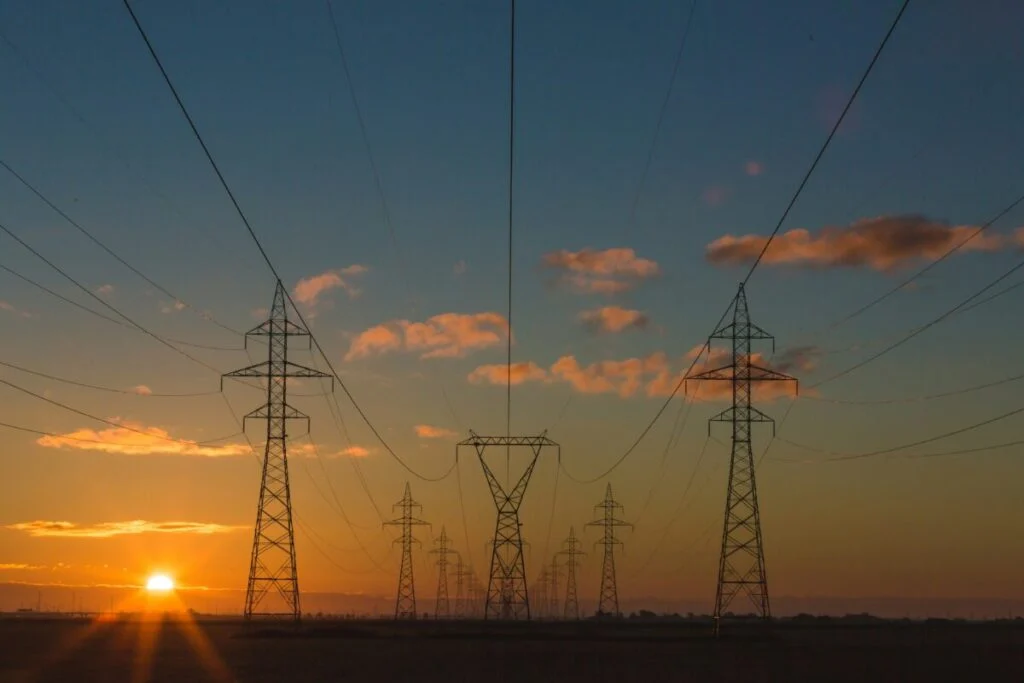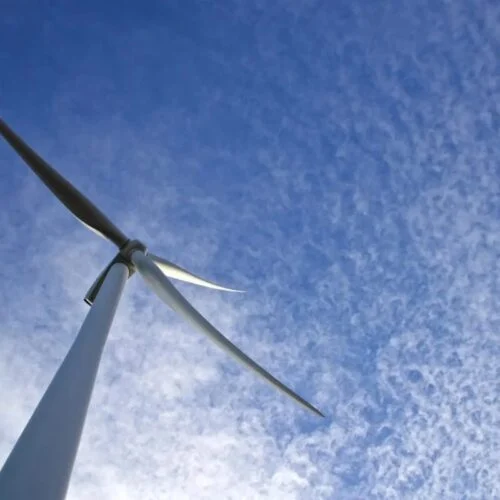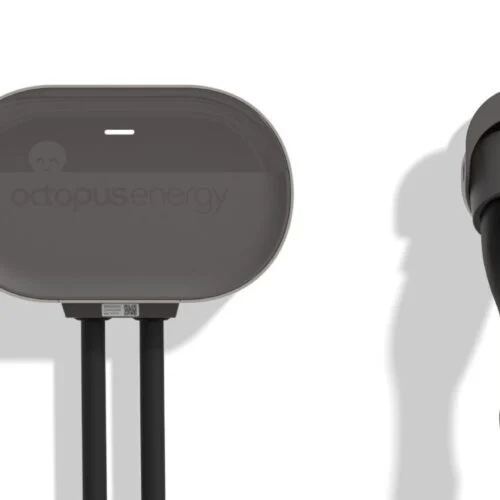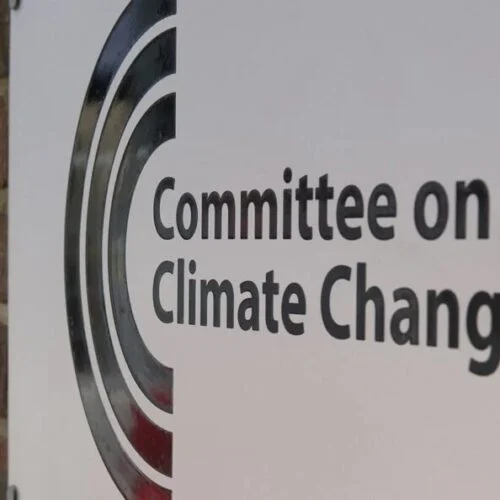The National Energy System Operator (NESO) has finalised the methodology for developing the Strategic Spatial Energy Plan commissioned by the government.
Ofgem and the secretary of state for net zero Ed Miliband have approved NESO’s plans for how it will develop the plan, which is due to be presented to Miliband in Autumn this year.
The Strategic Spatial Energy Plan (SSEP) advises on what additional electricity and hydrogen generation and storage is needed, and where, from 2030 to 2050. The final SSEP will be published in Q4 2026 and be updated every three years.
According to Barnaby Wharton, director of future electricity systems for the trade association for the offshore technologies supply chain RenewableUK, the certainty that the SSEP will provide “will help to attract billions in private investment”.
Chief operating officer at NESO Kayte O’Neill explained further: “While markets will continue to lead and deliver generation and flexibility infrastructure, this will help companies see how their investments sit within the national strategic plan, helping the country accelerate towards the UK government’s mission to make us a clean energy superpower.”
In 2023, the Electricity Networks Commissioner Nick Winser published 18 recommendations to the government on how to accelerate the deployment of electricity transmission infrastructure. One of these was the development of an SSEP.
In October 2024, energy ministers from the Scottish, Welsh and UK governments commissioned NESO to develop an SSEP. Alongside it, NESO will also develop a Centralised Strategic Network Plan (CSNP) looking at both the electricity and gas networks out to 2050.
Developing the SSEP
NESO says its SSEP process is underpinned by engagement, environmental assessment, governance and assurance. To ‘start’ the modelling process, the SSEP baseline is established as the projects NESO considers a starting point for the SSEP, and the time period the modelling will cover.
The first SSEP will assess potentially suitable geographic areas across GB for each of the in-scope electricity and hydrogen generation and storage technologies on a zonal basis.
According to the methodology, to address environmental concerns and facilitate transparent decision-making, the SSEP will include a Strategic Environmental Assessment (SEA), a Habitats Regulations Assessment (HRA) and a Marine Conservation Zone (MCZ) assessment, which includes Marine Protected Areas (MPAs) in Scotland.
Economic modelling and spatial evaluation will be used to simulate and analyse the functioning and evolution of the energy system—NESO will run simulations to inform the development of pathway options for the SSEP.
As part of its appraisal process, NESO will create between four and six pathway options including a ‘low regrets’ pathway which is defined as having a higher level of consistency in the pathway elements across the plausible futures considered. The outcome of all the pathways will be net zero by 2050.
Welsh and Scottish energy ministers will provide their views on the pathways before the UK energy secretary selects one to be used for the draft SSEP consultation, which NESO says will engage political, societal, energy industry, and community stakeholders to gather valuable perspectives.
The SSEP will not include local plans and policies (this is something covered by the Regional Energy Spatial Plans) or heat networks and district heating.
Both NESO and Ofgem note that while the methodology makes numerous references to a ‘zonal approach’, it is distinct from zonal pricing as suggested as part of the review of electricity market arrangements (REMA) and the SSEP will be applicable whichever market route is chosen.






